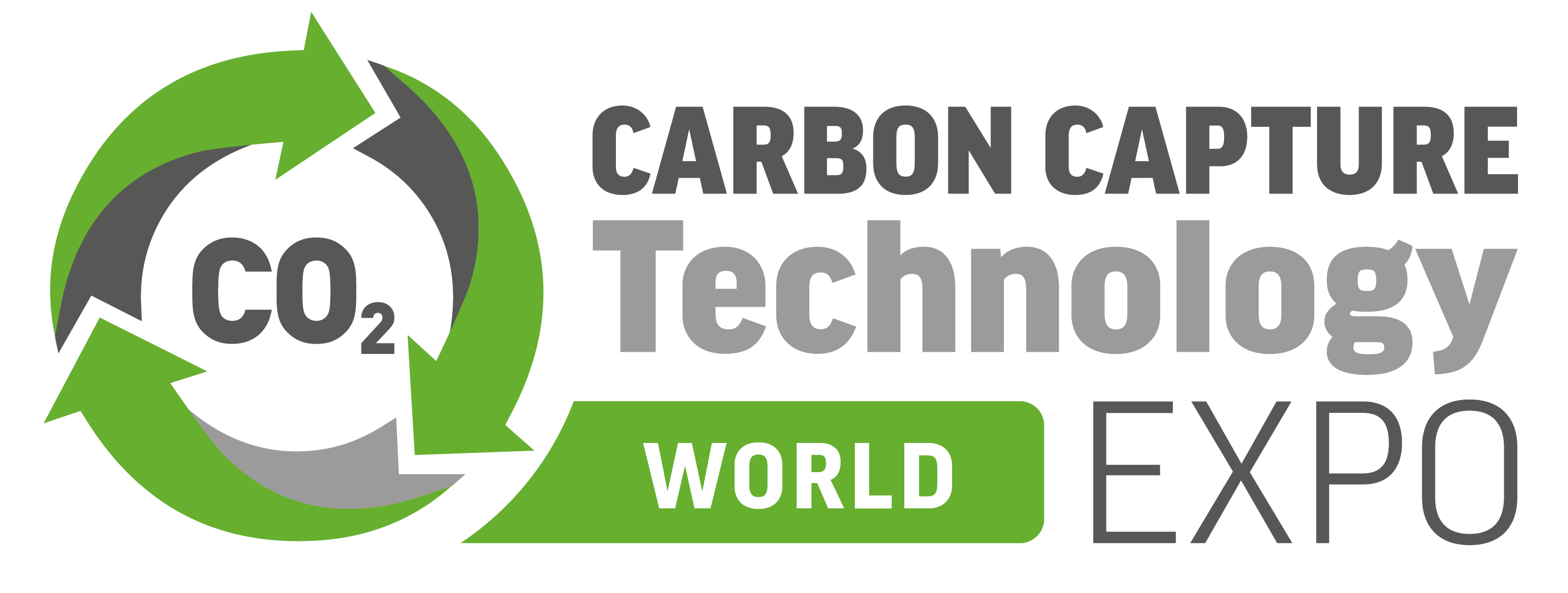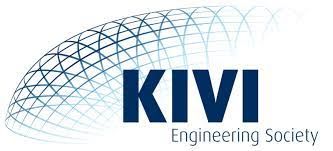Plastics for the hydrogen industry
)
Hydrogen technology is considered a key enabler of a climate-neutral industry – but scaling it up requires more than policy targets. Especially in system development, fresh thinking and technical solutions are needed to improve efficiency and cost-effectiveness. At this year’s European Electrolyser and Fuel Cell Forum (EFCF) in Lucerne, MOCOM demonstrated how innovative plastic compounds can contribute to reducing capital expenditures in electrolyzer systems.
3 questions for Daniel Hamburger, Business Development Manager E&E/ General Industries, who represented MOCOM at the event:
What was the focus of your presentation?
My talk focused on how capital expenditures (CapEx) for alkaline electrolyzers (AEL) can be reduced by strategically using advanced plastic compounds. The industry is currently facing the challenge of expanding production capacity quickly and cost-efficiently. Today’s established serial solutions for AEL stack frames can be replaced by our more cost-efficient materials approach – without compromising on system-level requirements. This opens new opportunities to lower system costs and make electrolyzers more competitive in the long run.
Where do you see the biggest opportunities in electrolyzer and fuel cell development?
The event once again highlighted the intense efforts underway to industrialize and scale hydrogen technology. What stood out was the open exchange with system developers, researchers and global OEMs – from across Europe to Asia. There was a strong sense of momentum and progress. At the same time, it became clear that significant research and optimization potential remains in the area of so-called 'Balance of Plant' components – particularly in fuel cell systems - beyond the core stack. That’s where our materials come in: to help improve efficiency and reduce costs beyond the stack.
What key takeaways did you bring back from the event?
The conference made it clear how essential application-driven R&D and material innovation are to the success of the hydrogen economy. Demands are rising – in terms of scalability, cost-efficiency and chemical durability. Those who think about material solutions at an early stage in the design process can create decisive competitive advantages. The potential for plastics-based solutions is huge: with design flexibility, smart material selection and more efficient manufacturing processes, both manufacturers and investors can benefit.
Thanks for your insights, Daniel.




)
)
)
)
)
)
)
)
)
)
)
)
)
)
)
)
)
)
)
)
)
)
)
)
)
)
)
)
)
)
)
)
)
)
)
)
)
)
)
)
)
)
)
)
)
)
)
)
)
)
)
)
)

)
)

)
)
)
)
)
)
)
)
)
)


)
)
)
)
)
)

)
)

)
)
)
)
)
)
)
)

)
)
)

)
)
)
)
)
)
)
)
)


)
)
)

